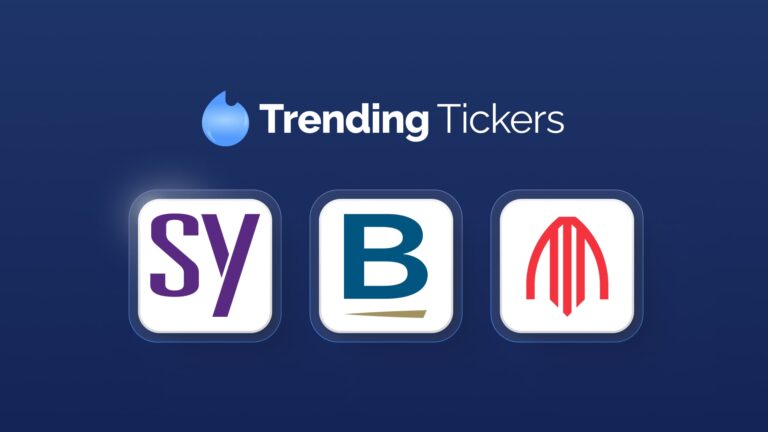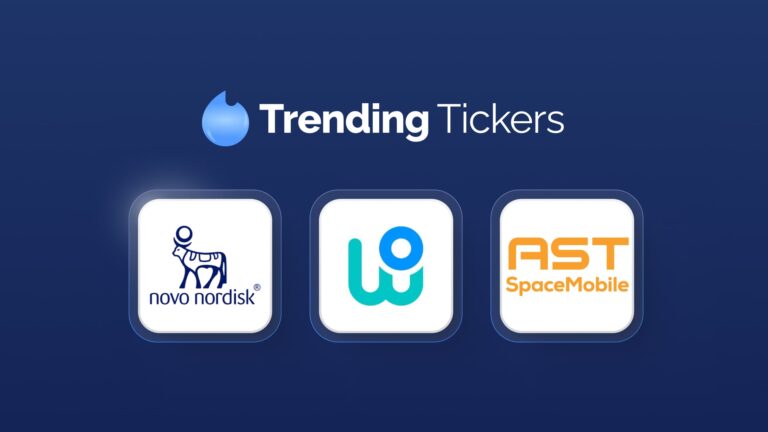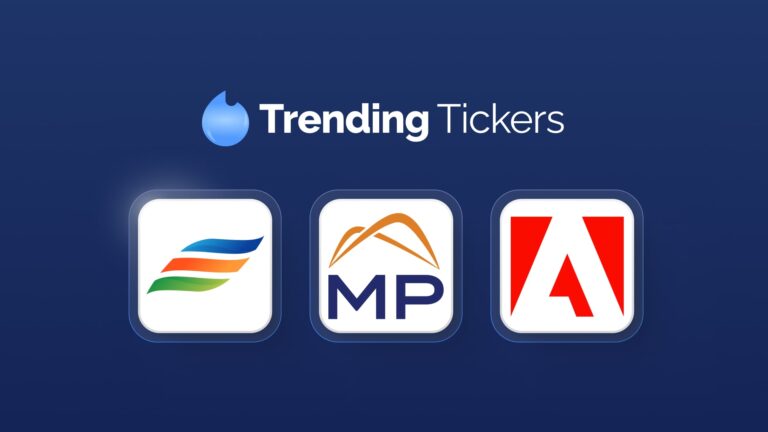Navan ($NAVN) IPO – Key Highlights
Navan recently filed with the SEC to go public under the ticker $NAVN, marking one of the most notable upcoming tech IPOs in the corporate travel and expense space. The filing provides investors with an inside look at Navan’s business model, revenue streams, and financial performance. In this article, I will review the company’s operations, how it makes money, and key insights drawn from its IPO documents.
Company Overview and Business Model
Navan (formerly known as TripActions) is an end-to-end, AI-powered software platform for managing business travel and expenses. Its platform combines corporate travel bookings—covering flights, hotels, and car rentals—with integrated expense management and corporate payments in a single system. The company’s goal is to simplify the entire travel and expense (T&E) process for both employers and employees through automation and user-friendly technology. For example, Navan reports that trips can be booked in about seven minutes on average (versus roughly 45 minutes across the industry), and that many itinerary changes are handled automatically by its virtual agent, “Ava.” This technology-driven approach enhances the traveler experience while giving client companies real-time visibility and control over their spending.
According to the S-1 filing, Navan’s revenue comes primarily from a usage-based model (around 90%) and, to a lesser extent, from subscriptions (around 10%).
- Customer Fees (Travel Services): Navan typically signs annual or multi-year contracts with business clients. For its travel management offering, it charges per-trip or per-transaction fees when employees book through the platform. Premium services—such as VIP travel support, event coordination, or “bleisure” (business + leisure) arrangements—are also billed on a usage basis.
- Subscription Fees (Expense Management Software): Companies pay annual subscription fees, usually based on the number of users, to access Navan’s expense management software. This product integrates with the company’s own corporate cards (the Navan Card) or connects to clients’ existing card systems. Subscription-based revenue, mainly from this product, accounts for about 10% of total revenue in fiscal years 2024 and 2025.
- Supplier Commissions: Navan earns commissions from airlines, hotels, rental car agencies, and rail companies when bookings are made through its platform. These vary by supplier but represent a meaningful share of the company’s usage-based revenue.
- Payment Partner Fees: Navan also generates income from card transactions. When employees use Navan-issued corporate cards to pay for travel or other expenses, the company earns a portion of the interchange or partner fees. In fiscal 2025, Navan processed roughly $3.7 billion in card spend, earning fees tied to that transaction volume.
Overall, Navan’s business model blends transaction-based revenue (from travel and payments) with recurring, SaaS-like income from its software. The company employs a “land-and-expand” strategy—starting with travel management and gradually expanding client adoption into expense and payment products. This integrated approach creates a flywheel effect: growing travel volume attracts more suppliers and better rates, while additional services deepen engagement. Navan reports a Net Revenue Retention (NRR) above 110%, showing that existing customers tend to increase their spending and product usage over time.
Financial Performance Highlights
Navan’s SEC filings show strong top-line growth and expanding usage, though the company remains unprofitable. Below are key takeaways from its S-1 filing:
Rapid Revenue Growth: Navan generated $537 million in revenue in fiscal 2025, up 33% from $402 million in fiscal 2024 (fiscal years end January 31). This growth reflects the post-pandemic recovery in business travel and the company’s expansion into new services.
Expanding Customer Base: As of January 31, 2025, Navan had more than 10,000 active business customers, up 27% from about 8,000 a year earlier. Clients range from small businesses to large global enterprises. Notably, about 41% of fiscal 2025 revenue came from customers outside the U.S., highlighting Navan’s growing international footprint.
Scaling Transaction Volume: Navan’s Gross Booking Volume (GBV)—the total dollar value of travel booked through its platform—reached $6.6 billion in fiscal 2025, a 32% increase from $5.0 billion in 2024. Payment volume on Navan’s corporate cards also grew to $3.7 billion, up 35% from the prior year. Both metrics underscore rising platform adoption across travel and expense management.
Improving Margins: Investments in automation and AI continue to enhance efficiency. GAAP gross margin improved to 68% in 2025, up from 60% in 2024 (non-GAAP: 69% vs 62%). Navan credits this improvement partly to its AI assistant “Ava,” which now handles roughly half of customer interactions, reducing support costs and improving scalability.
Narrowing Net Losses: Navan remains in the red but is moving toward better operating leverage. The company reported a net loss of -$181.1 million in fiscal 2025, down from -$331.6 million the year before—a reduction of about 45%. However, Navan still recorded roughly $100 million in net losses during the first half of fiscal 2025, similar to prior-year levels, reflecting continued investment in growth. Since its founding in 2015, Navan has accumulated significant deficits—typical for high-growth tech firms focused on scaling.
Post-Pandemic Recovery: Navan’s business was severely hit during the COVID-19 period, when corporate travel nearly halted. The company used that downturn to accelerate development of its payments and expense management products, which have since become meaningful growth drivers.
Overall, Navan’s S-1 paints the picture of a company with strong revenue momentum and improving efficiency, but one that is still prioritizing growth over profitability. For retail investors, the key question will be whether Navan can sustain its expansion while narrowing losses as business travel and expense volumes continue to rise.
Market Opportunity and Customer Base
Navan operates at the intersection of three massive industries: business travel, expense management, and corporate payments. In its IPO filing, the company estimates its total addressable market (TAM) at $185 billion globally, divided into several core segments:
- Business Travel Management: About $86 billion in potential revenue tied to managed and unmanaged corporate travel programs—covering flights, hotels, and related services.
- Bleisure Travel: Roughly $24 billion in opportunity from the growing “bleisure” trend, where travelers mix business and leisure. Navan’s platform already enables users to add personal days or trips onto corporate itineraries.
- Expense Management Software: Around $39 billion in global demand for digital tools to track and reconcile corporate expenses, especially among small and mid-sized firms.
- Corporate Payments: An estimated $37 billion opportunity tied to fees and interchange from corporate card transactions. As companies shift more of their travel and expense spending to Navan’s cards, it earns a share of each transaction.
These figures highlight the scale of Navan’s target market. The corporate travel industry continues to recover, and businesses are increasingly replacing legacy systems with modern, integrated platforms. Navan’s strategy combines acquiring new customers with cross-selling additional products—travel, cards, and expense management—to existing ones.
The company serves more than 10,000 business customers, ranging from startups to global enterprises. While its S-1 does not name clients, Navan’s marketing materials reference well-known brands across tech, finance, and retail. With a consumer-grade mobile app, 24/7 support, and AI-based booking assistance, Navan focuses on employee satisfaction—encouraging adoption within client organizations. The company cites high customer satisfaction and Net Promoter Scores, suggesting that once users adopt the platform, they tend to stay. This is reflected in its Net Revenue Retention (NRR) above 110%, meaning existing clients expand their spending over time.
Navan is also growing internationally. About 41% of revenue in fiscal 2025 came from non-U.S. markets, supported by acquisitions of regional travel agencies in Europe and Asia. The platform supports multiple currencies, localized content, and global travel inventory through direct supplier connections—an important factor for multinational clients.
Use of Proceeds
Navan’s IPO will raise fresh capital to strengthen its balance sheet and fund expansion. According to its S-1, proceeds will be used primarily for:
- Debt Repayment: Paying down the Vista Facility, a term loan with a rate of SOFR + 6.5% maturing in 2030. This will reduce leverage and interest expense.
- Tax Withholding on RSUs: Covering employee tax obligations related to vested restricted stock units upon IPO.
- General Corporate Purposes: Supporting working capital, product development, and potential acquisitions—though no specific deals are planned.
The IPO also includes a secondary component, with existing shareholders—such as early investors and the co-founders—selling roughly 6.9 million shares, while Navan issues about 30 million new shares. This mix allows some early backers to gain liquidity without materially changing company control.
This article is for informational purposes only and is neither investment advice nor a solicitation to buy or sell securities. All investments involve inherent risks, including the total loss of principal, and past performance is not a guarantee of future results. Investing in initial public offerings (IPOs) carries additional risks, such as volatility, limited operating history, lack of liquidity, and potential overvaluation. IPO stocks may experience significant price fluctuations and may not perform as expected. Always conduct thorough research or consult with a financial expert before making any investment decisions. BBAE has no position in any investment mentioned.














